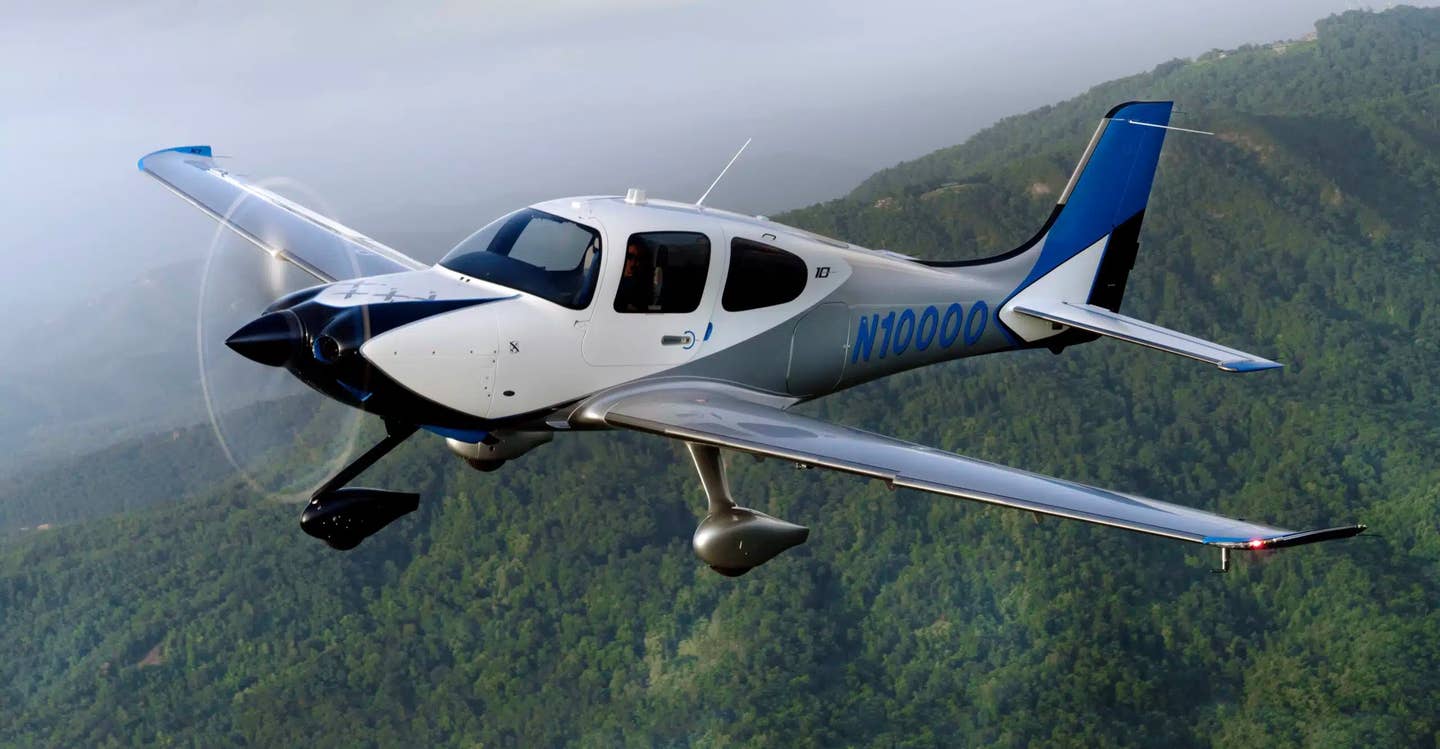
Garmin GFC 500 Autopilot [Courtesy of Garmin]
The number of aircraft receiving FAA approval for a supplemental type certificate (STC) for the Garmin GFC 500 autopilot continues to grow. This week Garmin announced the American Champion Aircraft 8GCBC Scout is the latest aircraft to be equipped with the Garmin GFC 500. The Scout is one of the more popular taildraggers on the market.
According to Garmin, the GFC 500 autopilot performs by integrating Garmin's GI 275 or G5 electronic flight instruments, which can be a combination of either a standby GI 275 or G5 electronic flight instrument interfaced to a G500 TXi flight display. It can also be used with a Garmin G3X Touch flight display.
The autopilot mode controller uses large dedicated keys and knobs, along with a control wheel that allows for easy adjustment to aircraft pitch, airspeed, and vertical speed. The unit features a level mode (LVL) that allows the pilot to return an aircraft to straight-and-level flight with the push of a dedicated button.
The GFC 500 has traditional autopilot capabilities, such as altitude hold, vertical speed, and heading modes. In addition, the GFC 500 includes altitude preselect, vertical navigation (VNAV), underspeed and overspeed protection, and more. Pilots can also select, couple, and fly various instrument approaches, including GPS, ILS, VOR, LOC, and back-course approaches when paired with a compatible Garmin GPS navigator.
The GFC 500 includes Garmin Electronic Stability and Protection (ESP), which works to assist the pilot in maintaining the aircraft in a stable flight condition. ESP functions independently of the autopilot, working in the background while the pilot hand-flies the aircraft. ESP helps avoid inadvertent unusual attitudes and bank angles by nudging the pilot to return the aircraft back to a safe flight attitude.
In addition, the GFC 500 can be equipped to take advantage of Garmin's Smart Glide, a safety tool that helps reduce pilot workload by automating certain tasks. In the event of an uncommanded loss of engine power, Smart Glide flies the airplane while the pilot troubleshoots the problem.
Smart Rudder for Beechcraft Barons
Garmin has also been busy working on ways to make flying multiengine aircraft safer. This week, the company received certification for Smart Rudder Bias and VNAV functionality for the Beechcraft Baron B55 and B55A aircraft that are equipped with the GFC 600 autopilot.
Smart Rudder Bias can now provide pilots of Beechcraft B55 Baron aircraft assistance against the hazardous effects of one-engine inoperative (OEI) flight when the aircraft is appropriately equipped.
The system is designed to continuously monitor engine parameters using engine indication system (EIS) data displayed on a G500 TXi or G600 TXi flight display. When the system detects a predetermined power differential between each engine, Smart Rudder Bias activates, dynamically adjusting to assist the pilot by providing enough force to the rudder to help control a sideslip.
In addition, there is a yellow annunciator for the inoperative engine along with autopilot annunciations on the G500 TXi or G600 TXi flight display, helping the pilot identify which engine is having the issue more quickly.
Smart Rudder Bias requires a G500 TXi or G600 TXi configured as a primary flight display (PFD) with EIS data, which can be shown as a strip on the G500 TXi or G600 TXi, or on a separate dedicated TXi EIS display. Additionally, Smart Rudder Bias requires the yaw axis option be installed on the GFC 600.
Vertical Navigation (VNAV)
Pilots of Beechcraft B55 Baron aircraft with an autopilot paired with a GTN or GTN Xi touchscreen navigator and the G5, GI 275, G500 TXi/G600 TXi or G500/G600 will now have the option to fly a fully-coupled VNAV profile.
Using the navigator, the pilot can easily enter altitude constraints on the flight plan page to set-up a vertical descent profile.
Using VNAV, pilots also experience a near-seamless transition to an arrival and instrument approach as step-down altitudes are automatically populated. When the GFC 600 or GFC 500 autopilot is fully-coupled on a VNAV descent, pilots can experience a smooth and controlled descent, giving them more time to focus on briefing the approach and preparing for landing.
Garmin To Add More STCs
To view the most up-to-date aircraft STC list and certifications that are expected to begin in the next 12-months, or to express interest in a specific aircraft make/model, visit: www.garmin.com/GFC500 or www.garmin.com/GFC600.
For additional information about Smart Rudder Bias visit: www.Garmin.com/SmartRudderBias.

Sign-up for newsletters & special offers!
Get the latest FLYING stories & special offers delivered directly to your inbox






